Digital transactions worth Rs 20,000 crore taking place daily: PM Modi

Digital transactions worth Rs 20,000 crore taking place daily: PM Modi
On Sunday, Prime Minister Narendra Modi said that everyday digital transactions worth Rs 20,000 crore are now taking place in India, adding that this improves services and encourages an open society.
Modi remarked in his monthly Mann Ki Baat radio broadcast that tiny online payments assist in developing a large digital economy and that many new fintech start-ups are emerging.
He encouraged anyone with knowledge of digital payments or the startup sector to share it with others.
“Your experiences could help an inspiration to people across the country,” he remarked.
“In our country, daily digital transactions of Rs 20,000 crore are now going place. UPI transactions surpassed Rs 10 lakh crore in March, “he stated
According to Modi, this is not just improving the country’s facilities but creating an honest climate.
People from all around the country have written him letters and greetings regarding the Pradhanmantri Sangrahalaya, which was launched on Babasaheb Ambedkar’s birthday, April 14.
According to Modi, there is no better time than the 75th anniversary of India’s independence to honour prime leaders.
He encouraged people to go to a local museum over the holidays and share their experiences using the hashtag ‘MuseumMemories.’
Modi said that, like in athletics, ‘divyangjan’ is making a difference in the arts, academics, and a variety of other fields.
He remarked that they are achieving success thanks to the power of technology. In light of the upcoming May festivals, he further recommended people to take all Covid-related measures.
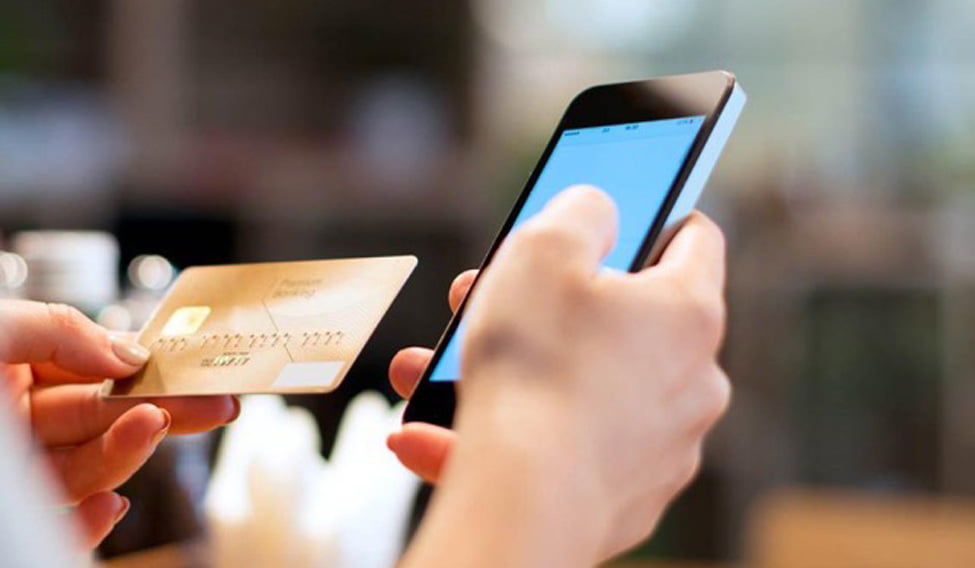
About digital transactions
Traditional payment methods like cash and paper checks are slowly being phased out in favour of electronic transactions. There are several advantages to digital financial transactions, and with so many varieties available, you’ve most likely already implemented some type of digital payment system into your company.
Any transaction that takes place from start to finish without the use of cash or paper is referred to as a digital transaction. It could involve a single party or several parties and multiple payment methods. Fintech businesses have changed the way people conduct financial transactions in today’s society, making the currency more obsolete.
What are a few digital transaction examples?
• Using a contactless point-of-sale device to make an in-person purchase
• Using an e-Signing service to sign a contract online
• Using a mobile banking app to send money to a friends after making an online purchase with a direct debit
In each of these cases, technology allows you to execute your transaction online, eliminating the need for paper.
Overall, digital transactions are more accurate, convenient, and speedy for both customers and merchants.
Types of digital transactions
As you can see from the examples above, there are many different forms of digital transactions. When it comes to digital payment options, there are a few to consider:
· Direct Debit
· Wire transfers
· Online card payments
· Contactless card payments
· Digital wallets
· Peer-to-peer apps
There are several cashless payment systems to select from, each with its own set of advantages. All of them are based on the idea of automatically moving payments from one bank account to another.
Sub-groups of transactions are included in several of these payment kinds. Some digital wallets, for example, will keep track of your electronic tickets and coupons and your credit card information. A digital transaction occurs when you present an e-ticket for a concert or make a purchase by tapping your mobile device on a contactless card reader.
Advantages of digital transactions
Anyone who has utilised these services can attest to the benefits of digital transactions. Digital payments are quick and easy. When you pay with cash, the money must be counted and saved, and the change must be returned to the consumer. Physically guarding and transporting the cash deposit to the bank is needed. Digital transactions, on the other hand, are more speedier. They make it easier to accept international payments online, including lower-cost quick currency exchange. They’re safer.
One of the key benefits of digital transactions is tracking cash flow in real-time from a company standpoint.
Disadvantages of digital transactions
While there are countless positives to consider, we’d be negligent if we didn’t mention a few negatives of digital transactions. Digital financial transactions do not provide the same level of secrecy as cash payments, which may be a turnoff for certain customers.
Those who are worried about the security of their data may decide to pay in cash. Digital payments are quite safe when the proper security measures are in place.
Finally, online payment processing involves certain expenses, so you should carefully consider your choices to avoid overpaying if you wish to facilitate these digital transactions.
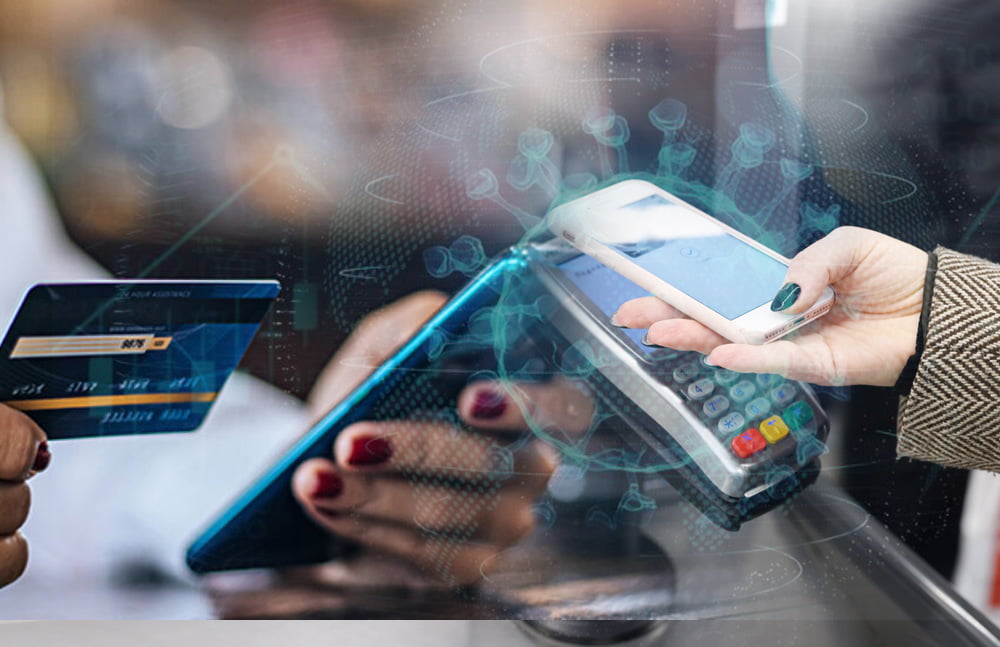
Mapping India’s digital transactions
The UPI for low-cost feature phones was eventually launched by India’s central bank last week. The RBI hopes to pull at least 400 million persons into the digital ecosystem with this step. People who do not own a smartphone will now be able to use the UPI feature to send money. The newly added functionality is the third generation of the Unstructured Supplementary Service Data service, which was first introduced in 2016.
The new functionality will attract more users and help UPI surpass the Rs 10-trillion monthly transaction mark. The value of UPI transactions has increased, but the volume of transactions has climbed even quicker. The necessity for the new service emerged because, despite the fact that the volume of digital payments was increasing, USSD transactions were decreasing.
In February, 14 crore rupees in transactions were made utilising the USSD service, a decrease from the 21 crore rupees in January 2019. USSD (Unstructured Supplementary Service Data) is a message-based service that allows people to transact using a feature phone by dialling *99#.
However, the expansion of the immediate payment service, or IMPS (another NPCI payment service), was faster than that of the national electronic funds transfer, or NEFT. When compared to NEFT, IMPS transactions grew in value about 2.5 times faster. In the last 12 months, IMPS transactions increased by 2.48 per cent on average monthly, compared to 1.01 per cent for NEFT, demonstrating an increasing acceptance of speedier money transfers. The volume of transactions increased at a faster rate than the value.
Let’s take a look at how the cards have performed.
The use of credit cards was greater through internet outlets. While debit card use at point-of-sale (PoS) devices climbed once more, its share of internet purchases fell. In November 2019, every second credit card transaction was made at a point-of-sale terminal; by December, the ratio had dropped to slightly over one in every three transactions. On the other hand, debit cards were used at PoS terminals two out of every three times. Wallets, meanwhile, have made a comeback as transaction volumes have increased. Between October and December, wallet transactions consistently exceeded Rs 200 crore.

Digital transactions grow by 88% in three years
The Ministry of Finance informed the Lok Sabha that there had been an increase in digital transactions over the last three financial years, with volume growth of 88 per cent from 2018-19.
The volume of transactions was 23.26 billion in 2018-19, and it will be 34 billion in 2019-20. According to figures released by the Ministry of Finance, the volume of transactions increased to 43.7 billion in 2020-21.
During 2020-21, the UPI reported over 22 billion transactions, a four-fold increase over the last three years. “India’s own payment platform UPI has emerged as the country’s preferred digital payment option,” said Finance Minister Nirmala Sitharaman in a written response.
Furthermore, inter-bank Aadhaar Enabled Payment System (AePS) transactions increased 9-fold in 2020-21 compared to the last four years.
According to the Ministry, the Reserve Bank of India (RBI) performed a pan-India financial literacy and inclusion survey based on financial knowledge, attitude, and behaviour. The average urban and rural scores in the North and East zones were 11.5 and 12.1, respectively, for a total score of 21. Both the urban and rural scores in the East zone were 12.1. The urban score in the Central zone was 12.5, while the rural score was 12.1. The urban score in the West zone was 12.6, while the rural score was 12.5. The urban and rural scores in the South zone were 11.2 and 10.3, respectively.
In November 2016, the government launched the Digital Finance for Rural India: Creating Awareness and Access (DFIAA) scheme as part of the Digital Saksharta Abhiyan (DISHA) to conduct awareness sessions on digital finance options available to rural citizens and enable various mechanisms of digital financial services, according to the Ministry.
More than 2 crore beneficiaries and 27 lakh merchants were taught as part of this programme. Sensitisation campaigns were also held in 650 Districts and 5,735 Blocks across the country.
How digital transformation is changing the business world
Best Digital Payment Apps In India
In recent years, the payments business has seen a major upheaval. Following the National Payments Corporation of India’s adoption of the UPI, various Indian banks and other third-party organisations have launched UPI-enabled mobile payment apps that allow users to send and receive money between UPI-linked bank accounts.
Before the Coronavirus outbreak, Indians were migrating toward digital payment systems thanks to the Indian government’s “Digital India” effort. The pandemic compelled an increasing number of Indians to use cashless transactions.
With 25.5 billion digital transactions in 2020, India will be the country with the most, followed by China with 15.7 billion transactions.
Increased mobile usage, mobile internet access, and the desire to employ cashless transactions, mobile payment apps, and mobile wallets drive growth. These digital payment apps are quickly displacing traditional payment methods like checks, credit cards, debit cards, etc.
Here is a definition of a payment app before we list the finest digital payment applications in India.
What Is A Payment App/ Mobile Wallet?
A payment app, sometimes known as a mobile wallet, is a smartphone application that allows you to save your debit or credit card information and use it to pay for products and services using digital money rather than actual cards or cash, and send money instantly to friends, family, or merchants. It’s similar to using your phone as a digital wallet.
In India, the digital payments business is rapidly expanding. Under the UPI system, more than 50 third-party applications are functioning.
The National Payments Corporation of India (NPCI) set a market share cap of 30% to guarantee equity among the participants, limiting their participation in the overall number of transactions on the unified payment interface.
Here is our list of the best digital payment apps in India:
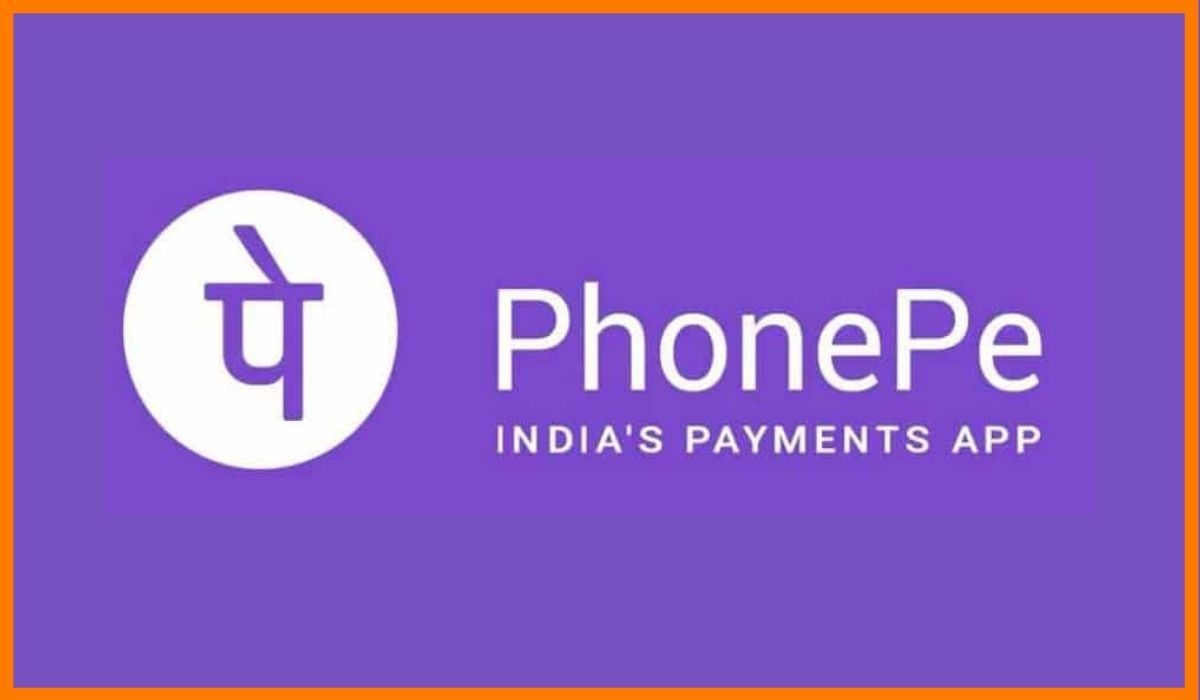
PhonePe
This Bangalore-based online payment app, which is supported by Walmart-owned Flipkart and has over 300 million registered customers across India, is India’s first UPI-enabled payment app. PhonePe has a 46.04 per cent market share in India’s UPI payment business.
You can use PhonePe to send money, recharge your phone, pay your bills, shop online, book flights, invest, etc. You may link your bank account to your PhonePe account to make transactions because it uses the UPI system. Payments can be made using the PhonePe wallet, a debit card, or a credit card.
For seamless money transfers, you may use the PhonePe app to link your other existing e-wallets, like Jio Money, Airtel Money, and others.
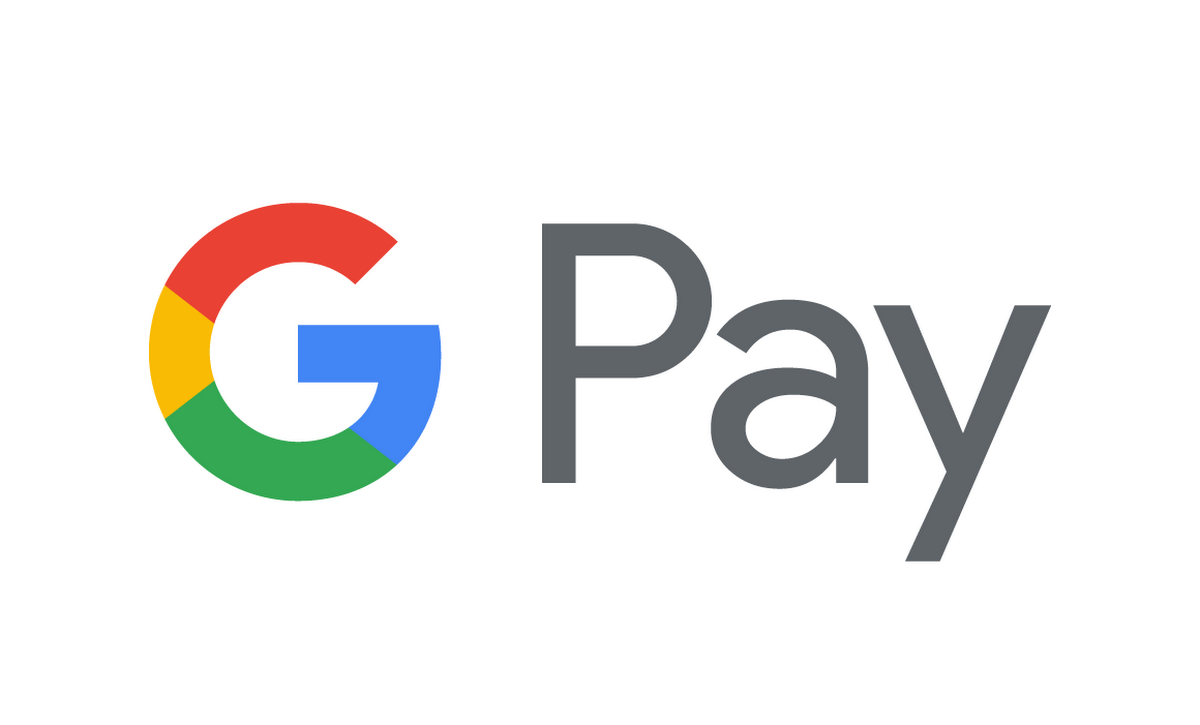
Google Pay
Google Pay, formerly known in India as Tez, is a digital payment programme developed by Google that uses the UPI to facilitate in-app, online, in-store, and in-person cashless transactions on smartphones, tablets, and smartwatches. Within India, users can send and request money from other Google Pay users.
Similar product offers in other areas, like various cashback and additional benefits, such as scratch cards, discounts, and so on, are available through Google Pay India.
According to the latest data from the National Payments Corporation of India (NPCI), Google Pay has a 34.36 per cent share of the whole UPI payment industry in India, trailing only PhonePe. In India, there are about 70 million active users.
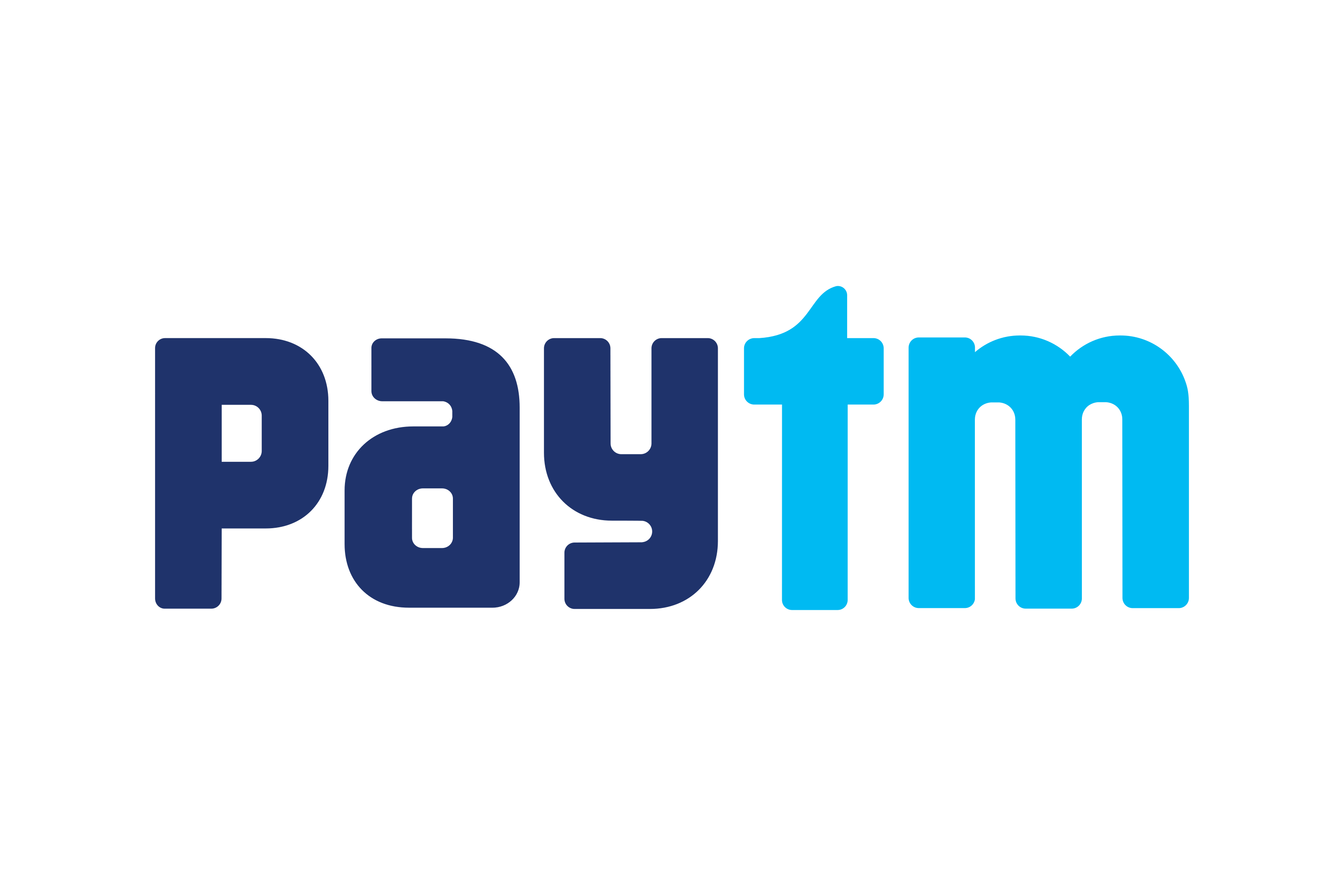
Paytm
One97 Communications owns Paytm (or pay through mobile), a Noida-based fintech company. Paytm is one of the top mobile payment and e-commerce companies in India. Through the Paytm app or the Paytm website, it is possible to conduct cashless transactions.
Paytm wallet allows you to store and transmit money between wallets and pay straight from your bank account using UPI. You may top up your mobile phones, metro cards, data cards, and DTH cable and pay your utility and postpaid bills. Alternatively, you can use it to buy movies and plane tickets, shop online, or use it at many places, including taxis, grocery stores, restaurants, malls, and so on.
Paytm, which has over 150 million active users, continues to have the highest volume of transactions of any payment company in India. Paytm is expected to be worth $16 billion by 2020.

Amazon Pay
Amazon Pay is an online payment service owned by e-commerce giant Amazon that allows users to utilise payment methods stored in their Amazon account to purchase goods and services on Amazon and other third-party e-commerce websites. Users may use the app to pay their utility bills, phone bills, send money to friends, and more.
You can set up Amazon Pay UPI for UPI transactions by registering using the Amazon app. Axis Bank is the provider of Amazon UPI services. 50 million clients are using

FreeCharge
Axis Bank owns FreeCharge, a popular e-commerce platform and digital wallet with over 27 million users. FreeCharge allows customers to top up their prepaid, postpaid, metro card, DTH, and utility bill payments and shop online and in-store.
It is marketed as a one-stop shop for online recharge and covers major Indian network providers like Airtel, Aircel, Vodafone, BSNL, and others. It provides rewards and multiple discounts on a variety of transactions.
Customers can send and receive money using the UPI system using the FreeCharge wallet, which is UPI-enabled.

JioMoney
JioMoney, a digital payment programme developed by Reliance Industries, may be used to pay bills, recharge mobile/DTH, and make purchases at thousands of online and physical stores. JioMoney is accepted as a payment method on a number of e-commerce sites.
JioMoney offers discounts, rebates, vouchers, and special offers.
JioMoney Wallet can be downloaded through the Apple App Store or the Google Play Store. Money can be added to the wallet using Net banking, debit card, credit card transactions, or by linking a bank account.

BHIM
BHIM, or Bharat Interface of Money, is a popular mobile payment app that is endorsed by the Indian government and is based on the UPI system. In the app, you can link different bank accounts and select which one will receive payments that are instantly credited to the bank account.
Customers can use a QR code, UPI pin, mobile number, bank account number, or Aadhar number to make a payment. It supports a number of different languages.
The software is accessible for Android and iPhone users to download, and once loaded, you may create a UPI ID for the linked bank account. The monthly transaction through the BHIM app is around 73 billion Indian rupees as of June 2021.

Mobikwik
Mobikwik, which was founded in 2009, is one of the most popular mobile wallets for online payments like sending and receiving money, mobile recharge, utility bill payment, online and in-store shopping, and more.
Users can add money to their wallets using debit or credit cards to make payments. The services are also accessible via a desktop site. Mobikwik claims to have over 107 million users, 3 million merchants, and over 200 billpayers on its platform.
The corporation is worth more than $700 billion.
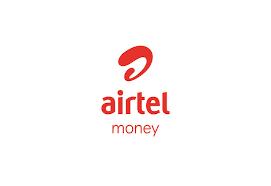
Airtel Money
Airtel Money is a mobile wallet that allows you to send money, pay bills, recharge your phone, and shop at stores in India. Airtel Money is a subsidiary of Bharti Airtel’s Airtel Payments Bank.
Users can use Airtel money without having a bank account and even work without having access to the internet. It’s linked to your phone number and ensures a smooth transaction.
Airtel Money also has special offers and incentives for online shopping and payments. You’ll get more talk time if you recharge your Airtel prepaid phone through the app.

Pockets By ICICI Bank
Customers of any bank can use Pockets, an ICICI Bank-provided VISA-powered digital wallet, to transfer money, recharge mobile phones, pay bills, shop online at any e-commerce site, or shop in retail stores using the Pockets Physical card.
The wallet can be funded with a debit card or using online banking. You can receive payments by sharing a QR code or your UPI ID with others because it is a UPI payment app.
Existing ICICI bank customers can use their online banking user ID and password to sign up for the app.
Takeaway
The growth of payment technology has only confirmed our preference for quick, easy, secure, and straightforward payments. Mobile payments are developing as a necessary answer in today’s fast-paced world.
Consumers in India stand to profit the most from offers and promotions, thanks to the market cap required by NPCI and a competitive marketplace with multiple new competitors. We anticipate teamwork to support future features that allow users to send money overseas. To accommodate customers’ different demands, the mobile payments sector will continue to expand and change.
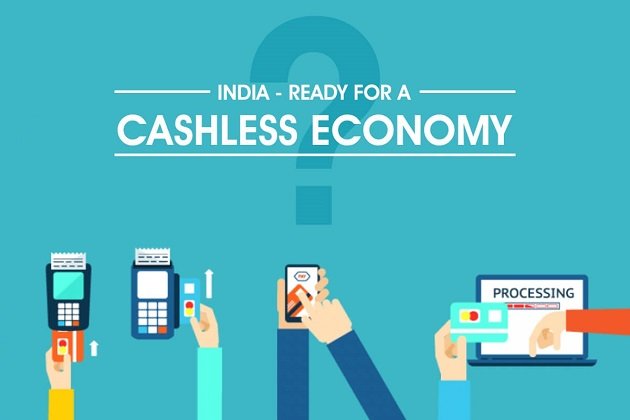
The government and fintech industry are together revolutionising the digital payment sector in India to promote a cashless future.
India is one of the first countries to embrace technology and digitisation in all aspects of its economy. India’s public and private sectors adopt automation and advanced data analytics to undergo fast digital transformation. The country’s Fintech sector is one of the industries at the forefront of change. Since demonetisation, India’s digital payment sector has been evolving. The Covid-19 pandemic has hastened the digital shift, with most consumers now using online services, boosting the digital payment business.
According to a survey by Research and Markets that looked at 800 million Indian mobile payment users, the Indian digital payments market was worth INR 2,153 trillion in 2020 and is expected to expand at a 27 per cent CAGR to INR 7,092 trillion by FY25.
According to the research,
• Strong use case of merchant payments across user cohorts will fuel growth.
• Government measures like the Jan Dhan Yojana and the Personal Data Protection Bill and MSMEs’ growth.
• India’s banking and financial services penetration is low; millennials are on the rise, and smartphone adoption is rising, indicating plenty of space for expansion.
Digital Wallets and Fintech
With the rise of various payment methods, India’s digital payment ecosystem is developing. The government has aided the growth of Fintechs by redefining services with initiatives like UPI, IMPS, e-KYC, and the use of Aadhar as an authentication technique. PhonePe, PayTM, and Razorpay are examples of private fintech businesses that have altered the Indian digital payment market.
PhonePe and GooglePay will dominate the digital payment business in 2021, according to data given by the National Payment Corporation of India (NCPI).
What is the Future of the Indian Digital Payment Market?
In India, Covid-19 acted as a catalyst for the adoption of digital payments. The recent Union Budget proposed a financial allocation of INR 1,500 crore to increase digital payments. “Hopefully, this (the budgeted allocation) will be utilised to repay losses sustained by payment service providers for processing Rupay debit cards and UPI transactions for free in the year 2021,” said Vishwas Patel, head of the Payment Council of India. According to the article, the Reserve Bank of India created an infrastructure development fund with an initial investment of INR 345 crore to increase digital payments in rural India.
The Reserve Bank of India (RBI) recently announced that it accepts applications for New Umbrella Entities and intends to give the licence to promote the retail payment industry.
The process will evaluate the applicants’ capital and other standards, and winners will be announced for at least six months. According to recent reports, technology behemoths and behemoths like Amazon, Google, Facebook, Mastercard Inc., and fintech businesses like HDFC Bank Ltd. and Paytm are all vying for the licence.
“The companies are part of four consortia preparing to seek licences to operate retail payments and settlement systems in the country, according to people familiar with the matter,” according to a Bloomberg article. Before the March 31 application deadline, more companies will combine together.” Given the digitised tech titans vying for it, the outcome of this bid will have an influence, and it has the potential to reshape the face of finance and digital transaction systems in India.
As the speed of digital transformation accelerates, many sectors seek to promote cashless services, which would help India’s digital payment market grow.
edited and proofread by nikita sharma




